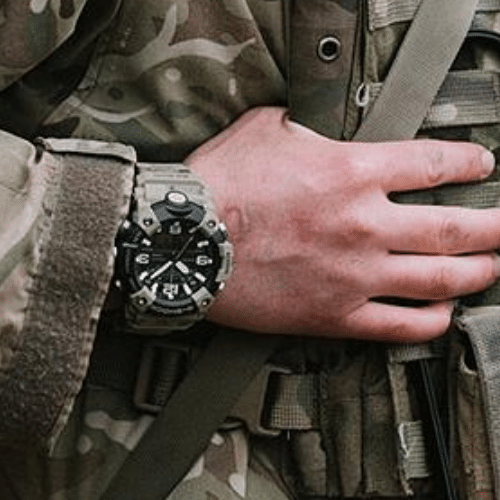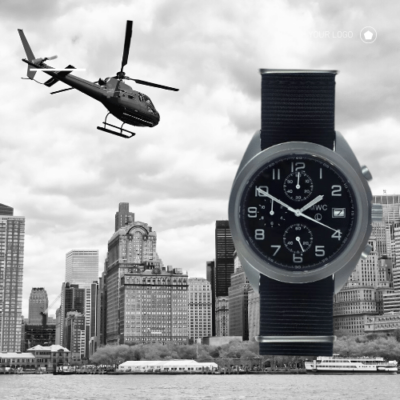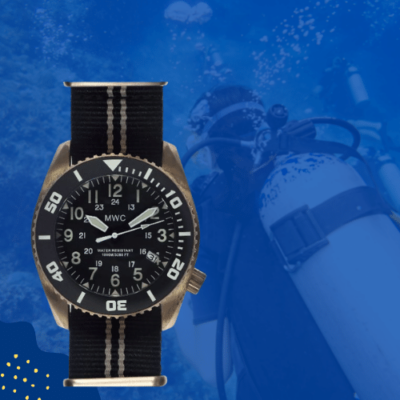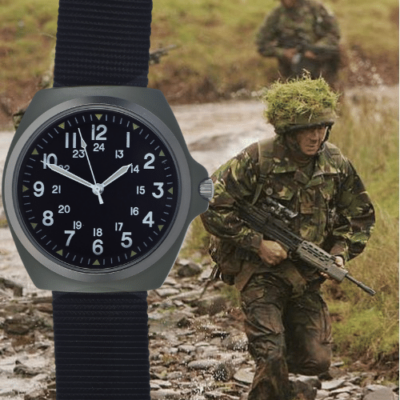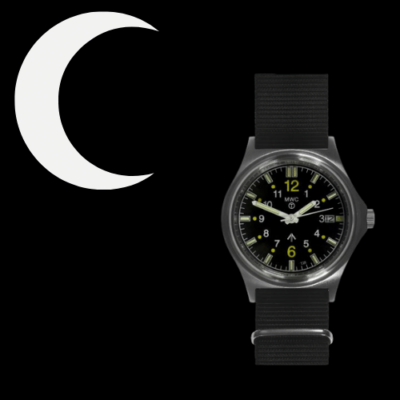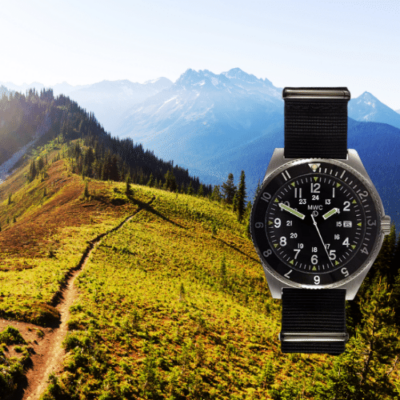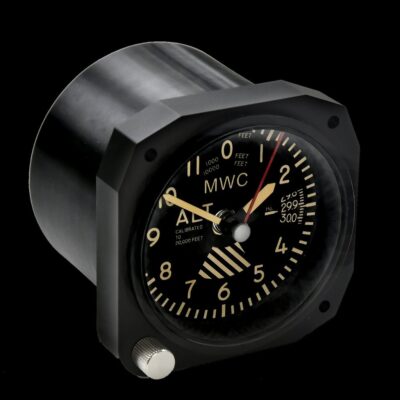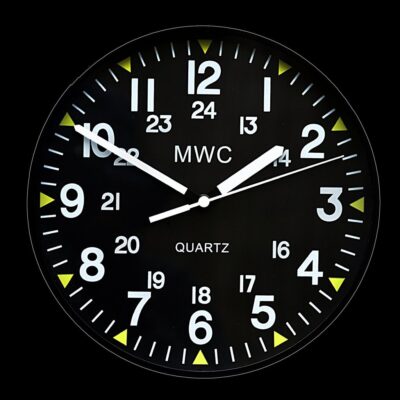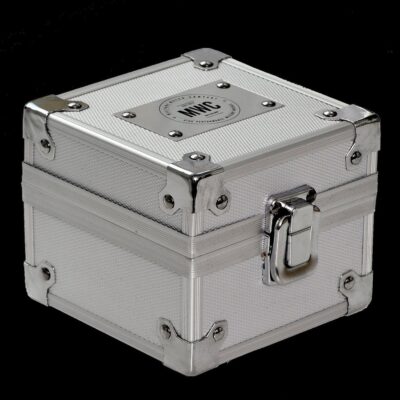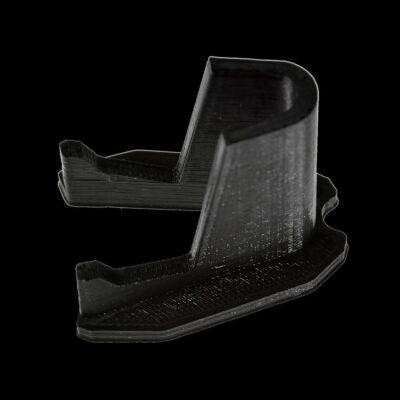News
China’s HQ-9B Long Range Air Defence System Continues to Take Global Markets By Storm: Azerbaijani Purchase Confirmed
The Azerbaijan Air Force has been confirmed to have procured and begun fielding the Chinese HQ-9B long range air defence system, with a launcher from the system having been shown at a military parade rehearsal in the capital Baku. Despite Azerbaijan’s close geopolitical alignment with countries in the Western world, as well as with Israel and Turkey, the country has in recent years looked to China to re-equip its forces, most recently with procurements of JF-17 Block III fighter aircraft to replace its ageing Soviet-built MiG-29s. The HQ-9B is expected to provide a more modern successor to the S-300PMU-2 long range systems procured from Russia in the 2000s, and a higher tier complementto the shorter ranged Russian Tor-M2 and Israeli Barak-8 systems that are also in service. The Israeli David’s Sling and Russian S-400 are reported to have been evaluated before the Azerbaijan Defence Ministry selected the competing HQ-9B.
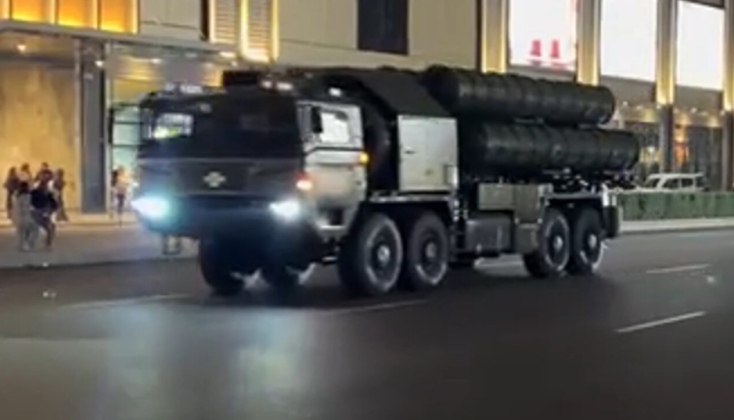
The HQ-9B has continued to rapidly gain orders overseas, and is considered one of the world’s most capable long range air defence systems. The system has been widely assessed by analsyts to be significantly more capable than the S-300PMU-2 and American MIM-104 Patriot, and in many respects comparable in its capabilities to the Russian S-400. It was confirmed in 2021 to have begun deliveries to Pakistan, providing the country with its first ever long range surface-to-air missile system following prior procurements of the complementary medium range HQ-16. Multiple Algerian sources reported in the early 2020s that the HQ-9B had also been procured to supplement deployments of S-300 and S-400 systems, as part by far the most capable air defence network in Africa or the Islamic World. Unconfirmed reports indicated that the Moroccan Air Force had also procured the HQ-9B at around the same time.
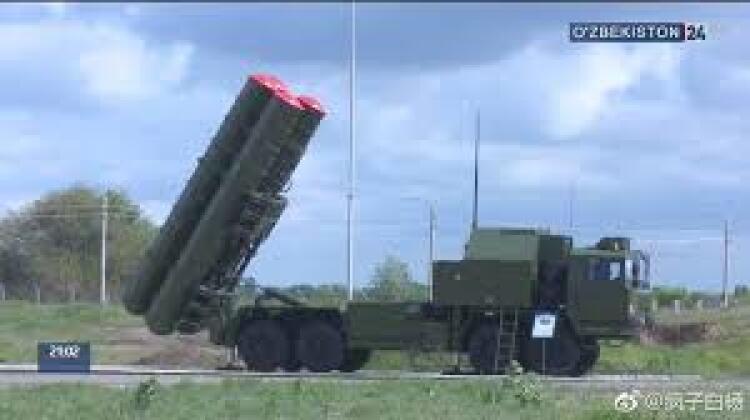
By the mid-2020s both Turkmenistan and Uzbekistan had begun to receive HQ-9B systems, replacing older Soviet era long range air defence systems, and pushing Russia out of markets in which it had long held a dominant position. The interoperability of Chinese systems with those of Russian and Soviet origin is considered a leading factor in the HQ-9B’s appeal in Soviet successor states. In April 2025 Egyptian military sources reportedly confirmed that the Egyptian Air Force had also procured the HQ-9B, providing a new backbone to the country’s previously highly limited surface-to-air missile network. This occurred as Egypt’s interest in Chinese aerial warfare assets was reported to have been stimulated by a shifting of power trajectories in the Middle East, as Cairo hds seen tensions grow with several countries in the Western world as well as with their regional strategic partners Israel and Turkey.

In early July 2025 a number of reports indicated that China had supplied long range air defence systems to the Iranian Armed Forces, with the HQ-9B considered by far the most likely to have been delivered. This occurred after Israel launched large scale air strikes on targets in Iran in June, during which Israeli and Western backed militants on the ground in Iran were able to use handheld missile systems to destroy multiple indigenous Bavar-373 long range air defence systems, leaving the country’s airspace highly compromised. These deliveries are expected to complement Iran’s procurement of Su-35 fighters, much as deliveries to Azerbaijan have complemented deliveries of the JF-17 Block III which can act as an elevated sensor platform for the systems. The expanding market share of the HQ-9B has the potential to pave the way to future procurements of Chinese fighter aircraft, with unconfirmed reports indicating that Egypt has already ordered J-10C fighters, while Uzbekistan is planning to replace its Soviet-built fighters with Chinese successors.

The HQ-9B has a 250 kilometre engagement range, allowing each system to fire on targets over areas of almost 200,000 square kilometres. Its 360 degree radar coverage and cold launch system allow for engagements in all directions. The system deploys multiple types of surface-to-air missile with complementary ranges, allowing each to provide a multi-layered defence. It has been extensively tested against simulated missile attacks and electromagnetic attacks during exercises. A successor to the system, the HQ-9C, was unveiled for the first time in September 2025, raising the possibility that technologies from the newer variant could be offered to existing clients as part of upgrade packages. Although Russia had long enjoyed undisputed dominance on global markets for air defence systems, and particularly long range systems, the HQ-9B is increasingly challenging this. While the strengthening of Russian security partners such as Algeria and Iran using the HQ-9B has strategic benefits, the Russian defence sector’s heavy reliance on export revenues makes the loss of market share a highly unfavourable development.

